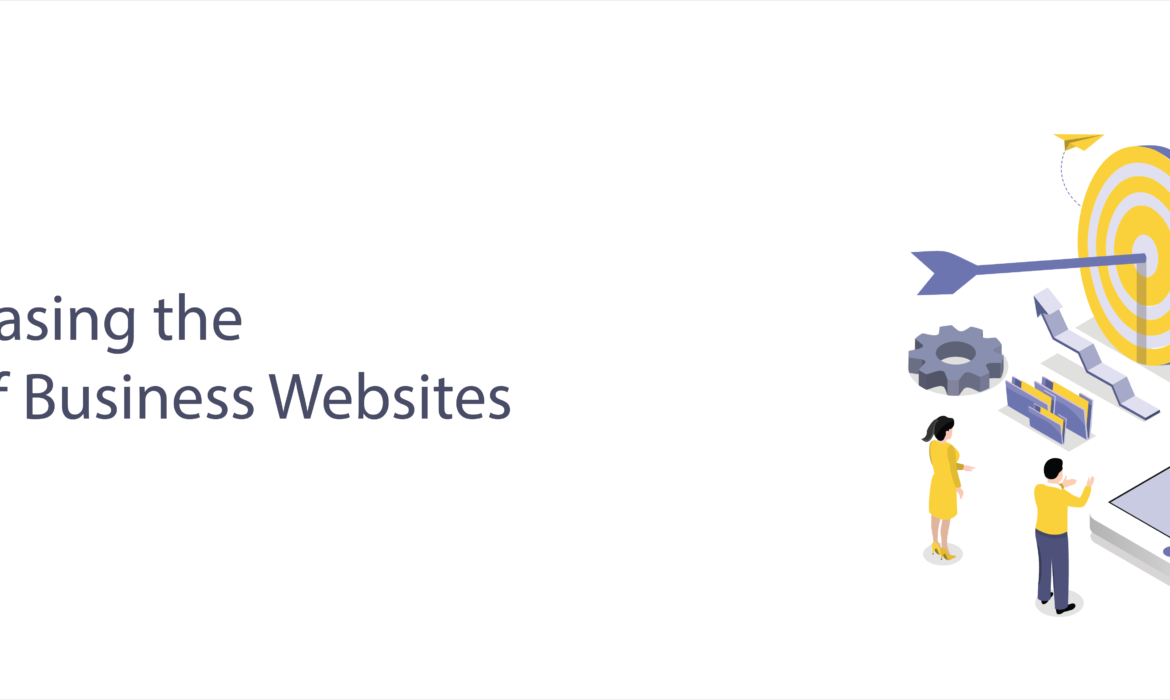9 Important Elements for Increasing the Effectiveness of Small Business Websites
One of the most important features of your business is your website. Your website is the first place where potential customers learn more about you and determine whether they want to do business with you. It’s important to increase the effectiveness of small business websites.
In today’s online competitive market, simply having a website is not enough. The website must be effective for potential customers to find and use. Following these important aspects will help make your website easier for potential customers to use.
- Mobile Responsive
A website must be mobile responsive in order to be effective. Every day, adults spend more than 4 hours on their mobile phones, and more than one-third do all of their online shopping via mobile device. Needless to say, the mobile website for your company must provide a positive user experience.
If potential customers arrive at your site but find it difficult to read or navigate on a mobile device, they may simply leave and go to a competitor. Furthermore, a poor mobile user experience affects your website’s search engine rankings, making it more difficult for users to find via a Google search – which brings us to our next point.
- Make it simple
A domain name that either matches your company name or describes your business in some way is required. You can even have multiple domains pointing to the same website. This includes employing technical SEO best practices, keyword research, content marketing, and paid advertising campaigns to drive traffic to your website.
- UX
To have a successful website, you must ensure that it is easily accessible, usable, efficient, and pleasing to the eye. To create and maintain an exceptional UX, experiment with design elements such as templates, images, typography, and colors.
- SEO
Search engine optimization is critical for your website. With millions of websites on the internet, competition for a spot on the first page is always fierce. You must determine which keywords your visitors frequently use to find your website.
Keep regional audiences in mind and try to use more specific and local words. Use those keywords sparingly in your site copy, metadata, captions, media tags, and file names.
- Call to Action
Every page on your website should convince the user to take action. In other words, you must bring a call to action to them. These landing pages should entice users to take a specific action, such as calling your company, signing up for a service, purchasing a product, downloading a whitepaper, or doing something else that advances your company’s goals. Give them a clear invitation to act, such as a button, a link, or clear verbiage. If possible, keep it above the fold so that readers do not have to scroll to find the call to action.
- Make sure it’s accurate
It should go without saying that inaccurate information, whether it’s a wrong number, outdated product information, or simple grammatical errors, will turn off customers. You should not only proofread each page before publishing it, but also check it on a regular basis, especially after making changes elsewhere.
- Website copy is customer-oriented
Potential customers land on your website in search of details that will be helpful to them. They come to your blog for educational content at times, and at other times to research the products and services you sell. In either case, you should present pertinent information that will engage your prospects, provide them with something of value, and help them to trust your expertise.
When creating content for your website, try to think about it from the perspective of the customer. What information would be useful to you as a prospective customer? What level of knowledge or expertise do you already have, and what do you need to be explained in greater detail? By focusing on your content from the customer’s point of view, you can keep them on your site longer and increase your chances of forming a long-term relationship with them that leads to a sale.
- Load time
Most online shoppers’ purchasing decisions depend on the time it takes for a web page to load.
Maintaining software updates, optimizing videos and images for faster downloads, and using a website host that can handle your bandwidth demands will help your website run smoothly.
- Social Media Integration
Social media is an important strategy to enhance your audience reach and notify customers about what’s happening with your company. Upload your website updates on your social media accounts. Include social media links to your website as well.
Conclusion
To remain competitive in today’s market, a small business must be able to make its website a place that its target audience enjoys visiting. Whether you’re opening a new store or redesigning your website, use the tips we’ve provided above to help you reach out to and engage with customers in ways they’ll appreciate.

